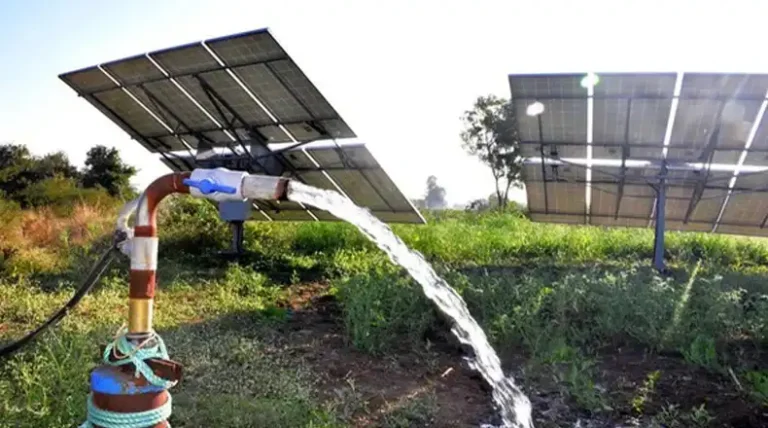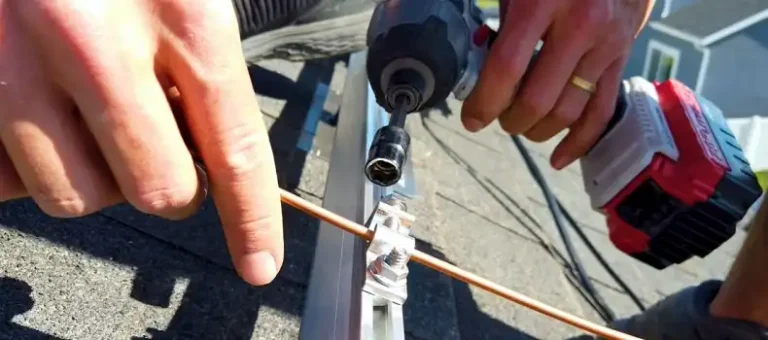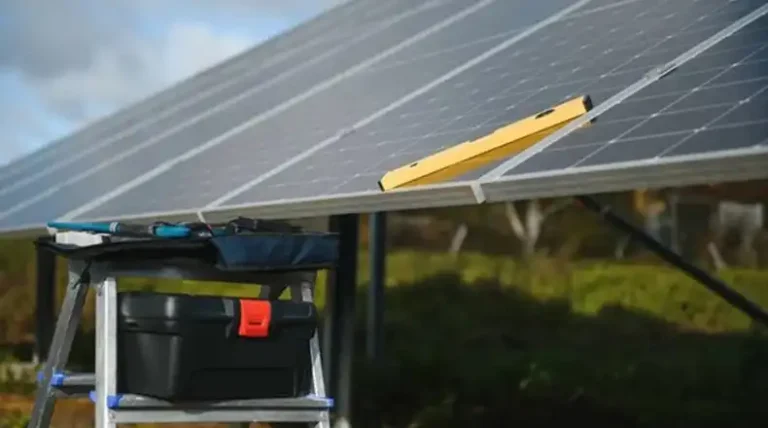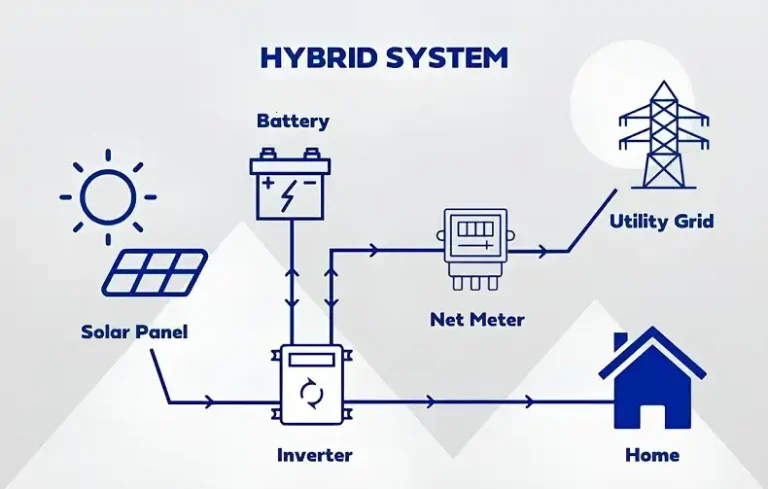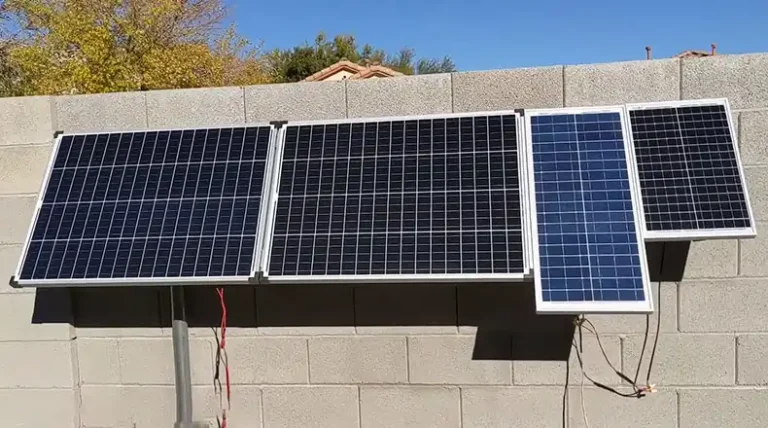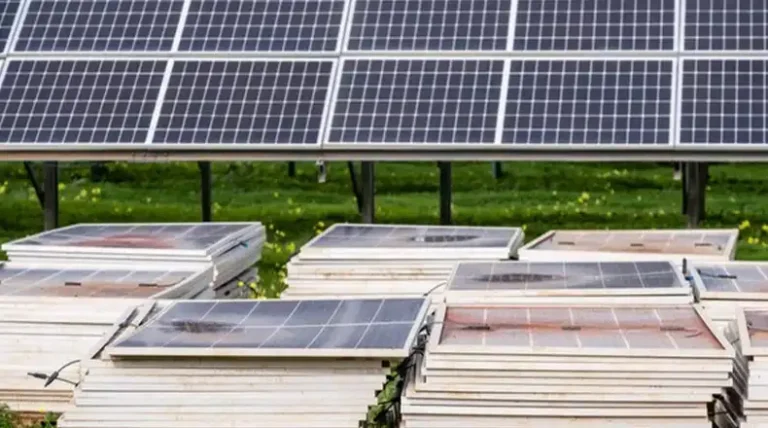How to Protect Solar Panels from Damage During Transit? Explained
Solar panel transportation is a critical phase in the renewable energy supply chain. Statistics show that almost 5% of panel damages occur during shipping and transportation. As a solar business professional with over a decade of experience, I’ve seen firsthand the impact of damaged panels arriving at job sites. It’s not just a financial setback; it delays our clean energy goals and can disappoint eager customers.
In this article, I’ll share industry-tested methods for protecting solar panels during transit. Whether you’re a fellow solar professional or a homeowner awaiting your first installation, these insights will help ensure your panels arrive in perfect condition, ready to harness the sun’s power. Let’s look at the best practices for safeguarding these valuable energy producers on their journey.
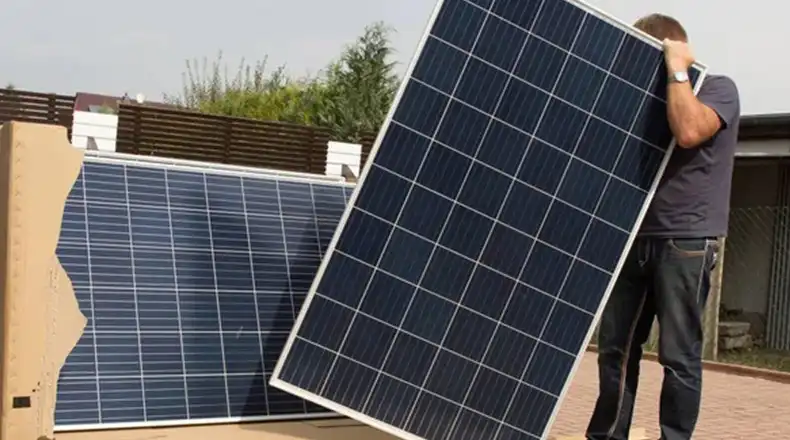
Best Practices for Protecting Solar Panels During Transit
When it comes to protecting solar panels during transit, there are several key strategies to keep in mind. Let’s break them down one by one, shall we?
Pallets
When it comes to shipping solar panels, pallets are the go-to method, and for good reason. Picture this: a sturdy wooden platform, acting as a protective base for your precious panels. But here’s the kicker – we don’t just slap the panels on there any old way.
The secret sauce? Vertical placement. Yep, you heard that right. We stand those panels up like soldiers at attention. Why, you ask? Well, it’s all about minimizing pressure. By placing the panels vertically, we spread the weight evenly and reduce the risk of cracks or breaks.
But wait, there’s more! We’ve got a specific loading order too. The first panel goes in bottom-up, like a reverse Jenga move. Then we keep stacking until the last panel is facing up. This method ensures that each panel is supported and protected by its neighbors.
So next time you see a pallet of solar panels, you’ll know there’s some serious strategy behind that simple wooden structure!
Corner protectors and foam padding
Think of these as the bubble wrap for your solar panels, but way more sophisticated. Corner protectors are like the bodyguards of the solar panel world. They stand watch at the most vulnerable points of your panels, ready to take a hit so your panels don’t have to.
But what about the rest of the panel, you ask? That’s where our friend foam padding comes in. This soft, cushiony material is like a cozy blanket for your solar panels. It wraps around the panels, absorbing shocks and vibrations that could otherwise cause damage.
And let’s not forget about those pesky scratches. The foam padding acts like a buffer, preventing the panels from rubbing against each other or any other surfaces during transit. It’s like giving each panel its own personal space bubble!
So, next time you’re packing up solar panels for a journey, remember: corner protectors and foam padding are your best friends. They’re the dynamic duo that’ll keep your panels safe and sound, ready to soak up the sun when they reach their destination.
Space between panels
You wouldn’t want to be squished up against strangers on a long journey, right? Well, your solar panels feel the same way. That’s why we use cardboard or plastic separators to keep them apart during transit.
Picture this: you’re packing up your solar panels for their big trip. You’ve got them all lined up on the pallet, but instead of letting them cozy up to each other, you slip a thin piece of cardboard or plastic between each one. It’s like giving each panel its own private compartment.
Why go through all this trouble, you ask? Well, it’s all about preventing the dreaded grind. During transport, vehicles bump and jolt, causing everything inside to shift and move. Without separators, your solar panels could end up rubbing against each other like two kids fighting in the backseat of a car. And trust me, that’s a recipe for scratches and damage.
But with our trusty separators in place, each panel stays in its lane. No grinding, no scratching, just smooth sailing (or driving) to their destination. It’s a simple solution that makes a big difference in keeping your solar panels in pristine condition.
So remember, when it comes to solar panel transit, a little space goes a long way!
Strapping
When it comes to transporting solar panels, strapping is like the seatbelt for your precious cargo. It’s what keeps everything in place when the road gets bumpy (and trust me, it will).
But here’s the catch – strapping isn’t just about throwing some ropes around your panels and calling it a day. Oh no, there’s an art to it. The golden rule? Always strap around the corners, never on the center of the panels themselves.
Why, you ask? Well, imagine you’re wearing a belt that’s way too tight around your middle. Not comfortable, right? And if someone pushed you, you might even crack! The same goes for solar panels. Strapping them in the center puts too much pressure on one spot, which could lead to damage.
Instead, we focus on the corners. By securing the straps around these sturdy points, we distribute the pressure evenly. It’s like giving your panels a firm but gentle hug, keeping them secure without risking any cracks or breaks.
So next time you’re strapping down some solar panels, remember: corners are your friends. Stick to them, and your panels will thank you by arriving at their destination in one piece, ready to soak up some sun!
Overall covering
Think of this as the superhero cape for your solar panel shipment. It’s the last line of defense against all the perils of the outside world. Rain, dust, curious onlookers – they’ll all have to get through this barrier first!
So, what’s our weapon of choice? Well, we’ve got two actually: foil and weatherproof tarp. These materials are like the dynamic duo of protection, each bringing their own superpowers to the table.
First up, we’ve got foil. No, not the kind you wrap your leftovers in (although that would be an interesting sight). We’re talking industrial-strength stuff here. We wrap that entire pallet of solar panels like we’re preparing the world’s biggest baked potato. And we don’t skimp on it either – we’re talking at least 35 turns of this protective foil. That’s right, 35! It’s like giving your solar panels 35 layers of armor.
But sometimes, we like to mix it up. That’s where the weatherproof tarp comes in. This bad boy is designed to laugh in the face of rain, sleet, and whatever else Mother Nature might throw its way. It’s like a force field for your solar panels.
Whether you go for foil or tarp, the goal is the same: to create a protective cocoon around your entire shipment. It’s the cherry on top of all our other protection methods, ensuring that your solar panels arrive at their destination in the same condition they left in.
So remember, when it comes to solar panel transit, don’t skimp on the overall covering. It’s the final touch that turns your shipment from well-protected to fortress-level secure!
Wrapping Up
These best practices for protecting solar panels during transit are the result of years of industry experience and continuous improvement. By implementing these methods – from proper pallet loading to comprehensive overall covering – we significantly reduce the risk of damage during transportation.
For those in the solar industry, I encourage you to review and refine your transit protection methods regularly. For homeowners awaiting solar installations, you now have the knowledge to ensure your panels are being transported with the utmost care.

